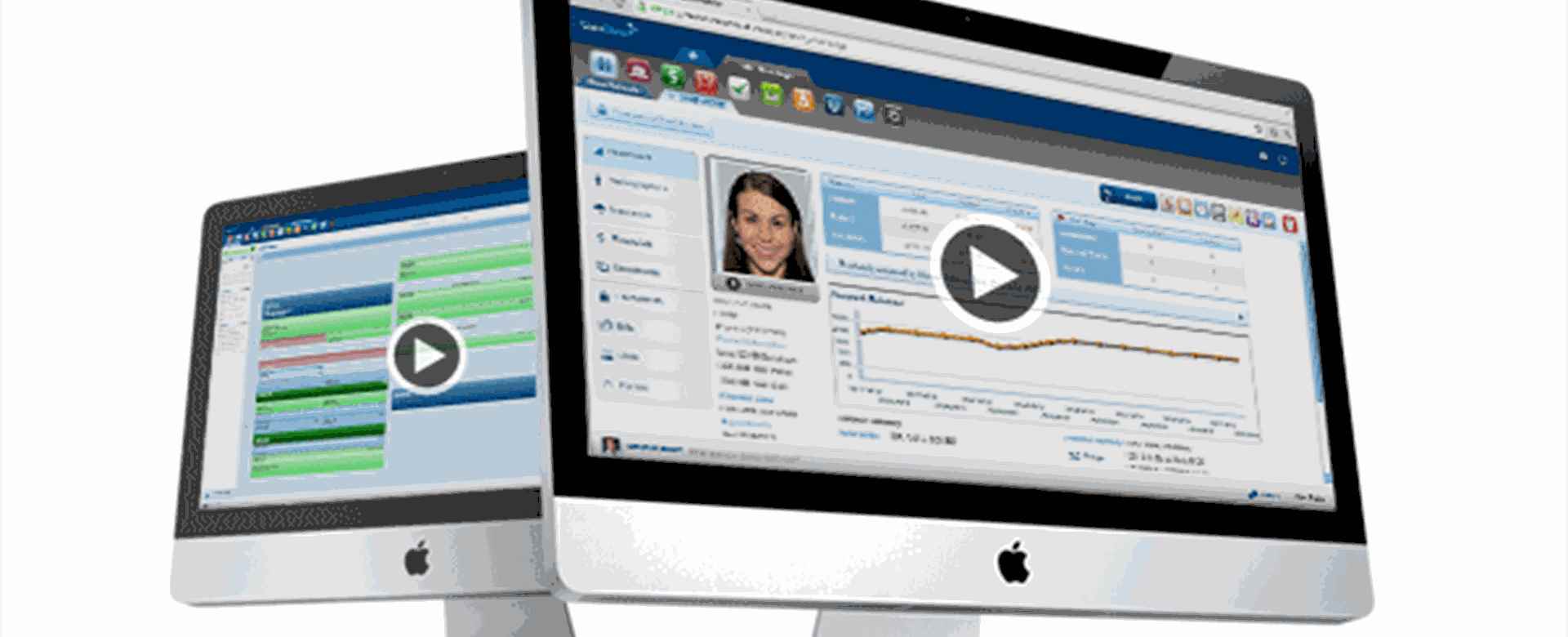When people visit emergency rooms or even their family physicians, they are more likely to see the doctor use a computer or tablet in the office than pull out a paper file. This is because the health care industry has heavily shifted toward using electronic health records (EHR). These records encapsulate all patient data from numerous visits at one or more care settings. They include all of the patient's vital signs from visits, a list of symptoms, medical history, lab and other test results, medications, physician's notes, and more. EHRs provide comprehensive, real-time information that is immediately available at point of care.
People don't want to have their physicians flipping through a thick chart for information or asking redundant questions. They want their medical file on hand when the doctor needs it. EHRs give both patients and doctors what they need: better coordinated care, improved safety and crucial patient data.
More Coordinated Care
Gone are the days when someone saw a primary physician for all of his or her ailments. People's medical needs are often too complicated to visit just one doctor. Instead, people with injuries or diseases see a variety of specialists. EHRs allow each physician within the health care system to see the same medical records for a patient at the time of service, integrating both in-patient and outpatient services. EHRs provide up-to-date, standardized data to minimize confusion that could also reduce the risk of a doctor prescribing a medication that could negatively interact with another prescription.
Ultimately, this allows better coordinated care. Improved coordinated care means enhanced value for patients and better long-term management for conditions like diabetes, lupus, multiple sclerosis, or celiac. With the health care industry's reimbursement model shifting from pay for services to pay for value, coordinated care is necessary for every physician to offer cost-effective and truly helpful care.
Improved Patient Safety
One of the major advantages physicians recognize in EHRs is the improved safety and risk prevention. These systems can provide relevant practice guidelines, checklists and alerts during a visit, enabling nurses and physicians to easily follow the highest standards of care. The predictive tools can raise an alarm to ensure nothing small is overlooked when things are moving quickly, and with comprehensive data captured this reduces redundancy of tests. All of these measures ensure quality, evidence-based care, and lower the risk of costly mistakes.
Additionally, electronic subscriptions reduce errors in comparison with handwritten notes or prescriptions. There is no more deciphering handwriting between one physician or pharmacist and another. Any nurse or doctor who opens a patient's record can clearly read and find the information they need for diagnosis and treatment. Pharmacies receive clear requests for medications.
Improving patient safety is doubly important. Allowing as few errors as possible is crucial for patients to receive quality care, but this also reduces a health care system's legal and financial liability for mistakes.
Increased Efficiency and Productivity for IROs
“EHRs have made a huge impact on the ease and workflow for Independent Review Organizations,” according to Sharmita Samanta, Director of Client Services for AMR. “From the beginning stage of submitting the actual records to requesting or retrieving missing documents, the amount of time required has been dramatically reduced.”
Using EHRs reduces costs for document storage, faxing, mailing, and so on. Independent Review Organizations as well as Utilization Review Organizations now have the ability to communicate specifics more efficiently with clients and reviewers since everyone can look at the same documents with the same page order. Despite the concerns many people have about the security of EHRs, there is actually more risk of a security breach when distributing the necessary records using hard copies.
Provides Invaluable Data
To provide cost-efficient and valuable care, health care facilities need information. They need patient data to fully understand whether the services patients receive at individual visits or over a continuum of diagnosis and treatment are truly valuable to them or instead include unnecessary and costly testing. EHRs can gather patient data and be organized in a multitude of ways to measure performance, value and compliance.
Facilities can pull demographic and clinical data to support diagnosis and treatment options. They can compare patients' health records to their financial records to see how outcomes vary in relation to the price. All of this information can be used to compare the facility's performance based on regional and national standards.
EHRs allow for numerous health care improvements for both health care providers and recipients. Many facilities find electronic records improve patient workflows, reduce delays in diagnosis and treatment, and can improve patient care overall. Patients receive faster care, but they are also less susceptible to duplicate tests or dangerous errors. And while patients receive more valuable care for their money, health care facilities gather crucial data that can help them improve services all around.
Sign up for Updates:
Privacy Details
By submitting this form, you are consenting to receive marketing emails from: Advanced Medical Reviews, LLC. You can revoke your consent to receive emails at any time by using the Unsubscribe link, found at the bottom of every email.
